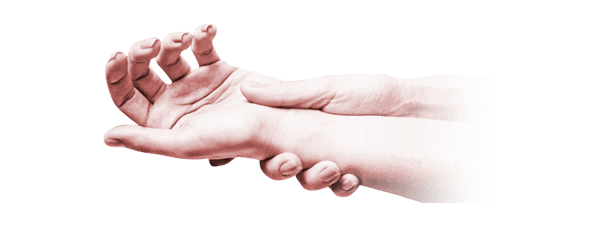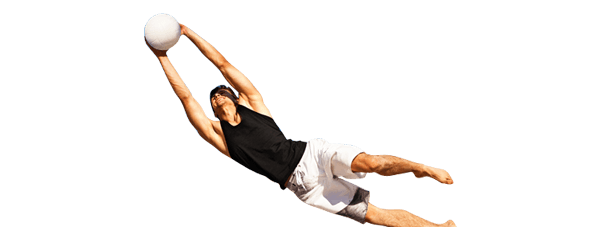News
News
7 Ways to Test for Tennis Elbow at Home and in Office
Source: Healthline
Tennis elbow, or lateral epicondylitis, develops when the forearm muscles that connect to the outside of your elbow become irritated. This can cause pain and tenderness that’s usually located on the outside (lateral) part of the elbow. There are several simple tests you can do to determine if you have tennis elbow. You can do most of these tests on your own, but a few do require the assistance of a doctor or medical professional.
Health Tip: Hand Exercises to Improve Strength
Source: US News
From texting to cooking, we use our hands often. There are many exercises that can strengthen your hands and fingers, increase your range of motion and provide relief
Is There Any Downside to Being Double-Jointed?
Source: healthessentials
Hyperextending a limb may feel normal to you — and most of the time, if you’re so-called “double-jointed,” it’s not harmful to your body. But rarely, it can be a red flag for other health conditions.
Carpal Tunnel Syndrome
Source: HealthDay
You're working away on your computer, but lately you've been plagued by numbness and tingling in your fingers and wrist. You've felt more than an occasional sharp pain, and more puzzling, you've been waking up at night with a "pins and needles" sensation in one hand. There might be other explanations, but the symptoms suggest you may have carpal tunnel syndrome.
Gout Attacks? Here’s Why You Might Want to Consider Medication to Lower Your Uric Acid Levels
Source: healthessentials
If you’re among the 9 million Americans who live with gout — a form of inflammatory arthritis — you’re all too familiar with the periodic attacks of pain and swelling in your big toes and other joints.
What to know about wrist tendonitis
Source: Medical News Today
Wrist tendonitis is the inflammation of a tendon in the wrist. Tendons are thick, fibrous cords that connect muscles to bones. .
How to Stop a Painful Elbow From Messing With Your Life
Source: healthessentials
Do you have pain on the outside of your elbow that won’t seem to go away? If so, you could have tennis elbow — even if you’ve never swung a racket. And, if you’ve been bothered by it for more than a month or so, it’s a good idea to get it checked.
Repetitive Stress Injury (RSI)
Source: HealthDay
If you've ever developed a burning, aching pain in your elbow after playing too many rounds of tennis, or shooting pains and weakness in your hands after spending weeks glued to the computer while crashing on a project, you've probably experienced the early stages of repetitive stress injury (RSI).
Ulnar Collateral Ligament Injury Symptoms and Treatment
Source: Verywell Health
A gamekeeper's thumb, also called a skier's thumb, is an injury to one of the important ligaments at the base of the thumb joint. The injury involves the ulnar collateral ligament (UCL), a band of tough, fibrous tissue that connects the bones at the base of the thumb. This ligament prevents the thumb from pointing too far away from the hand.
Wrist Strengthening Exercises
Source: Verywell Health
If you are looking to improve or maintain strength in your wrists, a proper exercise program is necessary. This step-by-step guide can help teach you simple exercises to perform at home. They only require a small weight and a table to rest your forearm upon.


























